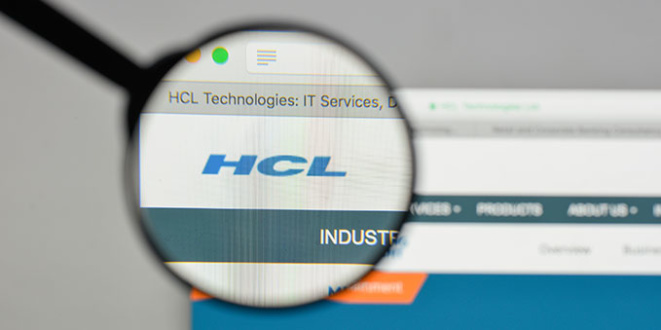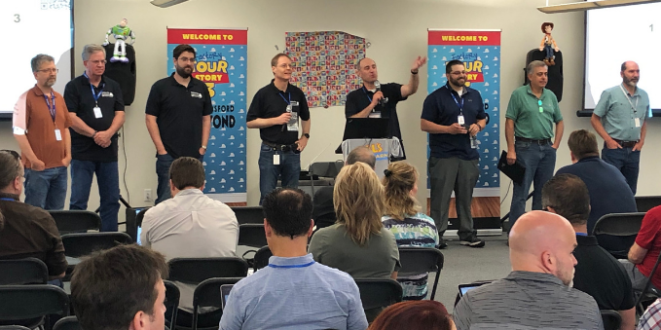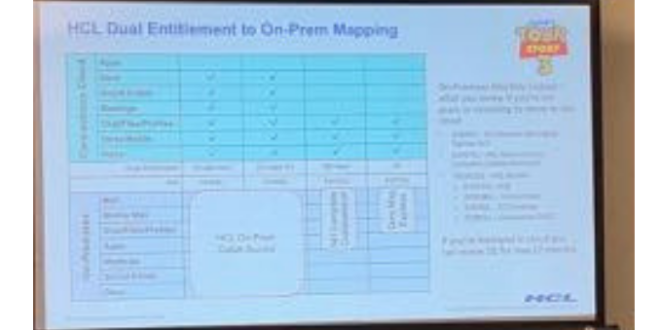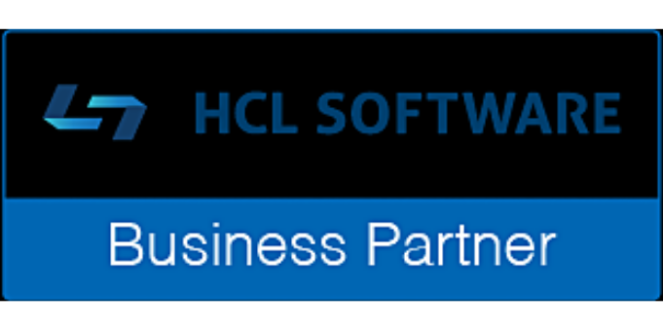On May 10th, we are co-hosting a very special event with Oblong Industries and IBM. It’s a showcase demonstration of Oblong’s Mezzanine with IBM’s Watson Workspace. We’ve always been part of helping companies with their team collaboration and workflow needs, and this combination really struck a chord with us. In the event, we’ll show how these two technologies work together to provide some amazing opportunities for better and faster team decision making.
So what do these 2 technologies do? Let’s start with Watson Workspace. By now, most people are familiar with some form of group chat application, be it Skype, Slack, Spark etc… These apps usually allow these basic capabilities:
- 1 to 1 chat
- Group chat
- Persistent chat (i.e. you can go back to the conversation at any time)
- Ability to add users to chat from inside/outside the organization
- Screen sharing
- Voip and video calling
- App integration
- Screen clipping
- File attachment
- Desktop app, browser app, mobile app
Watson Workspace offers most of these features as well. The key additional items that I find compelling are:
- Cognitive integration
- A better approach to search within and across spaces
- Centralized file collections for a “space” (i.e. chat room)
- Room templates
- App integration with other IBM technologies and Blue Mix
- App integration with 3rd party technologies
Of these, the most compelling is the “cognitive integration”. IBM’s Watson technology is built in to Watson Workspace and it has the ability to summarize, pick out key ideas and relationships. This makes it possible for someone to go into a busy room and get what’s important, quickly, without having to scan through every conversation. That cognitive integration can also be leveraged to build industry vertical or horizontal applications. For example, with intelligence about job descriptions and titles and content created by individuals, it would be possible to infer skillsets and capabilities about the company’s user community and suggest certain people to be brought into a conversation as Watson listens in.
There are some very exciting possibilities coming here.
Room templates are also very interesting. IBM has one now called a “resolution room”. Got a customer problem? Fire up a new space…a resolution room, and invite your team members into it to work this specific issue. Want to learn more? Go to our Watson Workspace pages and we’ll give more details and some links to IBM pages and demos.
On to Oblong’s Mezzanine. Wow. It’s my sci-fi movies coming to life. In this case, fairly literally. The basis for Oblong’s Mezzanine product comes out of work John Underkoffler was asked to do for the movie Minority Report. If you’ll recall, Tom Cruise had on these gloves and was moving images and data around on a glass screen. John took those concepts he’d designed for the movie and brought the technology to life in the form of Mezzanine. This is one case where a visual is truly worth more than a thousand words. Check out this BBC video segment interview of John and a demonstration of the technology.
Why is Mezzanine important (beyond its way-cool factor)? I’ve sat in hundreds of virtual meetings and watched someone talk through their slide deck or show their screen. I’ve been in meetings with multiple video feeds. BUT, if I ever wanted to see multiple pieces of information, like a defect report, and a process diagram, and a picture of a part all at once to really correlate what’s going on…I’ve NOT been able to do that in a meeting. Mezzanine gives that capability while also making it easy to organize data on screen, and have multiple people contributing at the same time. It makes the process of getting all the pieces of information, from lots of different sources and people…easy. And it gives a team the capability to come to an understanding of what’s going on and make better decisions faster. There are all kinds of use cases: crisis management, data center operations, product launch, litigation. It’s a very nice way to work.
What happens when you join these two capabilities together? First off, most boardroom type meetings don’t usually just happen on a whim. The integration of Watson Workspace and Mezzanine allows team members to quickly come together in an immersive workspace where they can share multiple streams of content and optimize collaboration.
This collaboration not only makes teams more productive, it creates new and exciting ways to experience your work environment and connect with others. The possibilities seem limitless when teams are able to connect on a whim and accomplish the most important tasks. This technology has numerous applications from global meetings to small office workgroups. IBM and Oblong are moving into the future and want to take everyone with them on this exciting technological journey. For more information on the event click here.
Request a free quote
WorkFlow Studios is an IBM Premier Partner helping clients achieve excellence in three key areas: Collaboration, Business Intelligence and Process Management.




